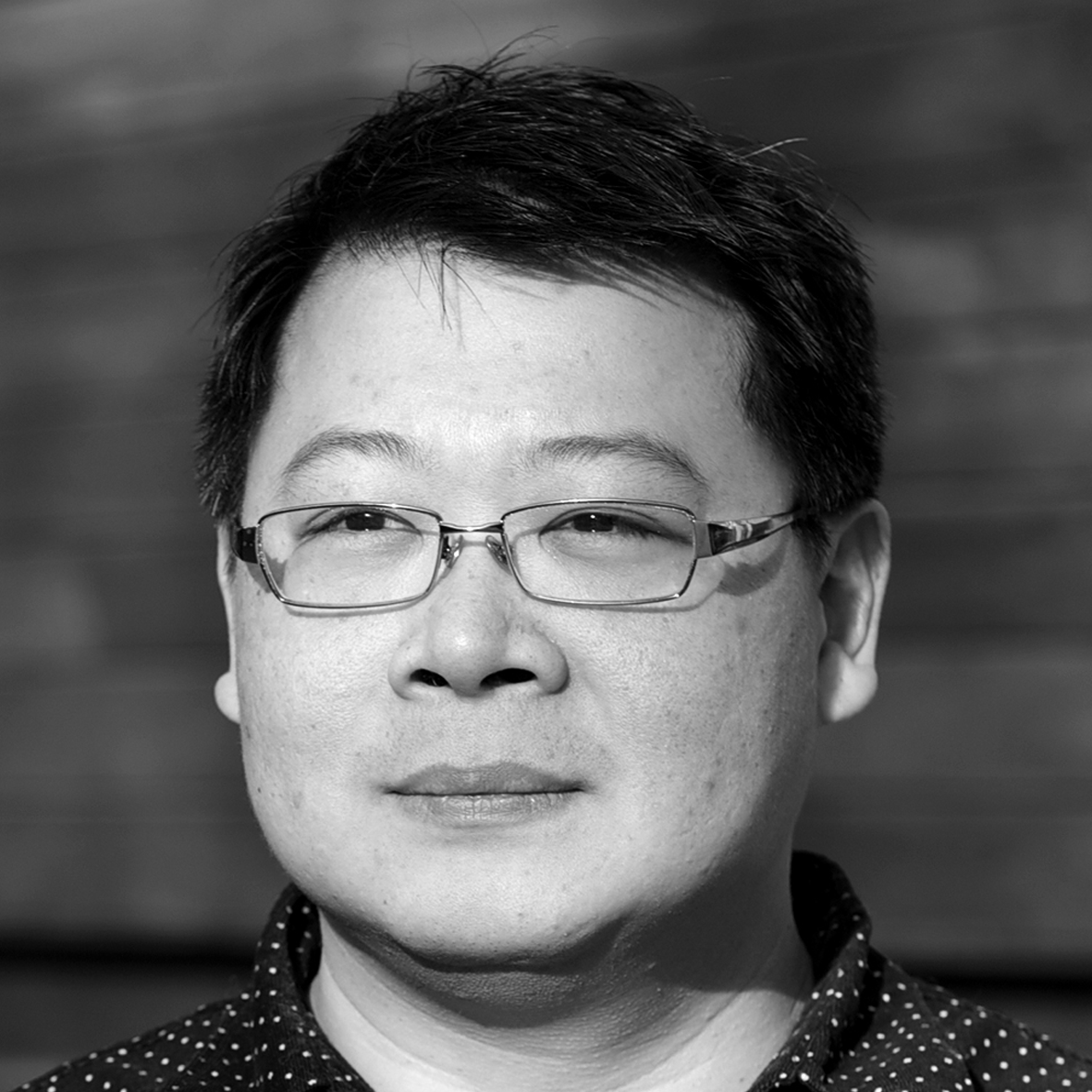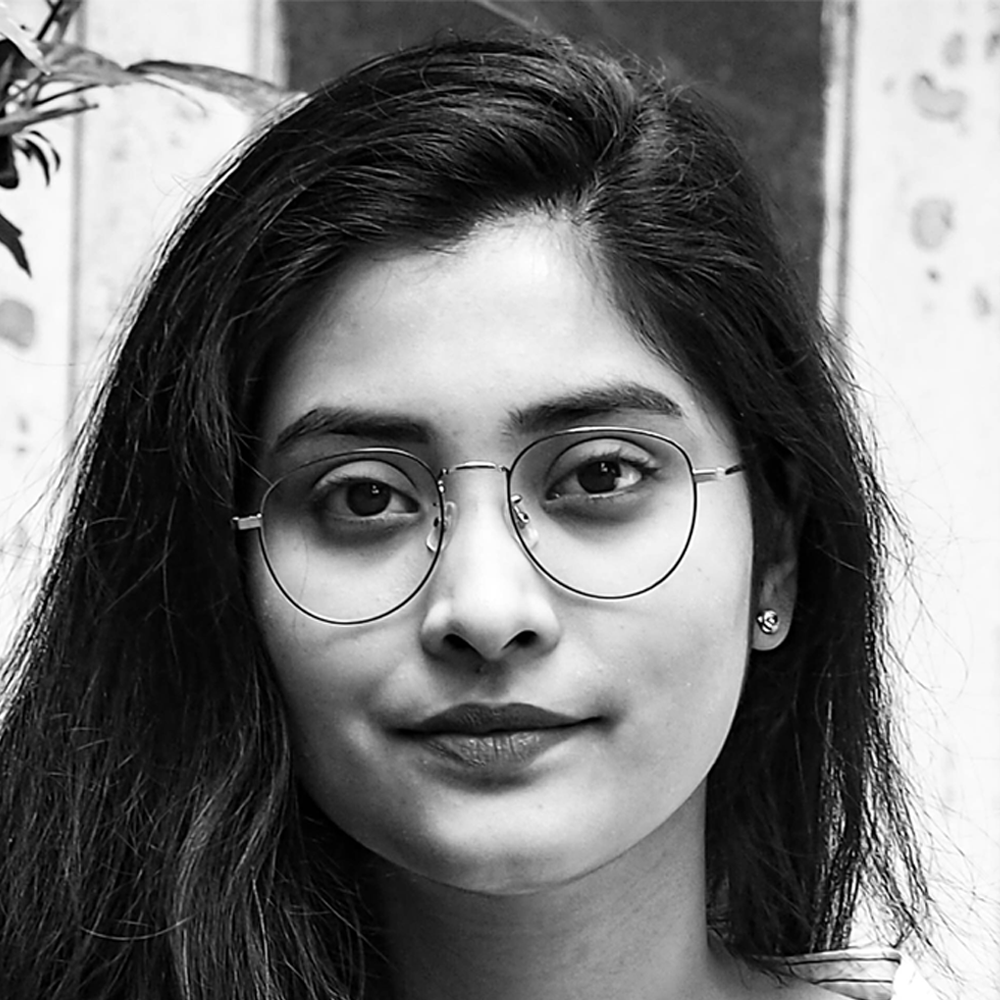Session 5B – Digital Fabrication and Robotics
Wednesday 31 March, 11:15 – 12:45 // Session Chair: Paul Loh
133 – Digital Design and Fabrication of a 3D Concrete Printed Prestressed Bridge
Wednesday 31 March, 11:15, Session 5B
Qiang Zhan, Tongji University
Xinjie Zhou, Tongji University
Philp F. Yuan, Tongji University
In recent years, additive manufacturing and 3D printing technologies have been increasingly used in the field of construction engineering. 3D Concrete printing is a kind of laminated printing using concrete extrusion technique. Concrete has the advantages of high compressive strength, small deformation, and excellent durability, etc., and has high application value in the construction field. However, as a brittle material, concrete has limited tensile and flexural strength. For beam like components, it is difficult to fully exert the compressive performance of the material relying solely on itself, so it is difficult to apply to the bending member. The experimental case introduced in this paper combined the prestressing system with concrete printing technology and proposed a post-tensioning prestressing system suitable for prefabricated concrete 3D printing components, which combined the excellent tensile properties of prestressed steel bars with the compressive performance of the 3D concrete printed parts. And a long-span structural system for 3D concrete printing was proposed.
Qiang ZHAN is a graduate student of Philip F. YUAN in the College of Architecture and Urban Planning of Tongji University. He is currently a member of Fab-Union, the most advanced digital design and construction platform in China. His research mainly focus on parametric design and robotic fabrication, specific in design optimization and on-site fabrication of 3D concrete printing technology.
ZHOU Xinjie is a graduate student of Philip F. YUAN in the College of Architecture and Urban Planning of Tong University He is currently a member of Fab-union, the most advanced digital design and construction platform in China. He is particularly interested in the combination between artificial intelligence and design。
Associate Dean, tenured professor of the College of Architecture and Urban Planning at Tongji University, Council Member of Architects Sector, Virtual and Automated Construction Sector as well as Academic Committee of Computational Design Sector at Architectural Society of China; Director of Academic Committee of Shanghai Digital Fabrication Engineering Technology Center; Co-Chair of DigitalFUTURES Association. He founded Archi-Union Architects and Fab-Union Technology. His research mainly focuses on the field of performance-based architectural tectonics, the application of robotic fabrication equipment as weak as developments of robotic fabrication technologies and is able to realize many of his research theories in architectural practices.
148 – Towards Swarm Construction
Wednesday 31 March, 11:30, Session 5B
Yuhan Hou, The University of Melbourne
Paul Loh, The University of Melbourne
Swarm intelligence has primarily been explored in architecture as a form-finding technique with resulting material articulation using advanced 3d-printing technology. Researchers in engineering have developed swarm robotics for construction and fabrication, typically constraints to small scale prototypes as the technology matures within the field. However, there is a few researches that explores the implication of swarm robotics for construction on the building or urban scale. This paper presents a novel swarm robotics construction method using mole-like digging technology to construct new architectural language using machine intelligence. The research discusses the role of swarm intelligence behaviours in design and synthesis such behaviour with machine logics. The paper addresses the conference theme through the speculative projection of future construction methodology and reflects on how automation can impact the future of construct and design.

Yuhan Hou is a master student who is studying at the University of Melbourne. She has finished her independent thesis project in 2020, named Digital Naturalism. She is currently working with a digital advance manufacturing group. Her passion for architectural design and yearning to explore new ideas has yielded outstanding results. Her main research interest is in parametric design and robotic fabrication in architecture.

Dr Paul Loh is Senior Lecturer in Digital Architecture design at the University of Melbourne. He has over 18 years of practice experience in London, Melbourne and Kuala Lumpur. He has taught at the University of East London, the Architectural Association and lectured in Sweden, Italy and China. He is a partner of Melbourne based design practice LLDS / Power To Make, focusing on the relationship between making, technology and material. His main research interest is in digital advance manufacturing in architecture, robotics and computational design.
027 – An Optimization Method for Large-Scale 3D Printing: Generate External Axis Motion Using Fourier Series
Wednesday 31 March, 11:45, Session 5B
PHILIP F. YUAN, Tongji University
MING LU, Tongji University
YiFan Zhou, Tongji University,University of Hawaii
With the increase in labor costs, more and more robot constructions appear in building construction and spatial structure fabrication. There are many robots working on large-scale objects. When the reach range of the robot cannot meet the requirements, so an external axis is needed. The external axis is usually a linear motion device, which can significantly increase the operating range of the robotic arm. In actual construction, it is also widely used. This article introduces a 3d printing coffee bar project. Because this project is of a large scale and needs to be printed at one time, the XYZ external axis was used in this project to complete the task. Inspired by this project, this article study several methods of optimizing the motion of external axes in large-scale construction. Finally, we chose to use the Fourier series as the most suitable method to optimize the printing path and programed this method as a component of FUROBOT for more convenient use. This article explains the principle of this method in detail. Finally, this article uses a 3D printing example to illustrate the precautions in actual use.

Professor in Tongji University
Programmer
220 – Twinned Assemblage: Curating and Distilling Digital Doppelgangers
Wednesday 31 March, 12:00, Session 5B
Katie MacDonald, University of Virginia
Kyle Schumann, University of Virginia
Recent developments in digital fabrication have made increasingly intelligent use of machine visioning and 3D scanning. These technologies enable ever-higher resolution digital models of physical material, and present opportunities for physical material to gain agency in the design process. Digital design workflows using such technologies require ever-greater computing power as the resolution of digitized models increases. Coupled with the high cost of high-fidelity 3D scanning systems, an obstacle to widespread use is created. Twinned assemblage presents a series of distillation methods that strategically reduce the fidelity of data required to digitally describe a physical object. Distillation methods discussed include reducing a mesh to a low-poly geometry, identifying the location and orientation of an object’s largest faces, and creating 2D sections, among others. These methods can be designed intentionally to extract or highlight certain qualities in digital models, that in turn inform aggregation strategies generated through computational simulation. This paper presents several examples of such aggregations in a variety of materials, discussing benefits and challenges of the process. Such methods present opportunities for granting agency to physical materials in the design process, and for the democratized use of digitizing technologies.

Katie MacDonald is Assistant Professor of Architecture at the University of Virginia and Cofounder of After Architecture. Previously, she held the 2019-2020 Tennessee Architecture Fellowship at the University of Tennessee. Her research critiques conventional building practices, which face new lifecycle questions and overextended supply chains amid the current environmental crisis. MacDonald’s work explores how technological agency can help reconcile the intentions of the designer with the irregularity of natural materials and processes. Recent projects include an installation at the Oslo Architecture Triennale 2019 and a pavilion at the Knoxville Museum of Art.

Kyle Schumann is Assistant Professor of Architecture at the University of Virginia and Cofounder of After Architecture, a practice named to convey the built environment’s impact on cultures and ecologies. Previously, he held the 2019-2020 Tennessee Architecture Fellowship at the University of Tennessee. His research examines how democratized and accessible technologies can empower designers to utilize non-traditional and irregular natural materials, creating new relationships between data, design authorship, and cultural contexts. Recent projects include an installation at the Oslo Architecture Triennale 2019 and a pavilion at the Knoxville Museum of Art.
192 – PUCCA 5.0: A Framework for a Digital System to Aid Informal Self-Construction
Wednesday 31 March, 12:15, Session 5B
Surjyatapa Ray Choudhury, The University of Tokyo
Assisted self-construction has been proclaimed by the UN Habitat as one of the most affordable methods of providing sustainable housing. Self-construction in informal settlements is analogous with incremental development, where design and construction occur in simultaneous waves. However, unassisted self-construction often produces housing of substandard quality owing to a lack of knowledge and resources. This paper hypothesizes that the core factor leading to substandard housing in informal self-construction is an information and communication gap in the existing process. In order to identify the gap, a mapping and analysis exercise is carried out that identifies the focal points where the informal system deviates from the formal, the decisions that influence these deviations, and the impact of these deviations on the overall output. The paper develops the framework for a smartphone-based, digital technical aid system, that fills this information and communication gap and provides construction guidance to owner-builders without compromising the nonlinear nature of incremental development.

Surjyatapa Ray Choudhury is a practising architect, urbanist and researcher working in the intersection of technology and affordable housing. She is a graduate of The University of Tokyo, Digital Fabrication Lab, wherein she researched the application of technology to guide amateurs in construction. Her research on informal settlements began in 2016 with an award-winning thesis on migrant housing in India, and led to her selection as a scholar for the Norman Foster Foundation ‘On cities’ workshop in Madrid, 2019. She has over 2 years of professional experience as an architect and urban designer in internationally reputed organizations.